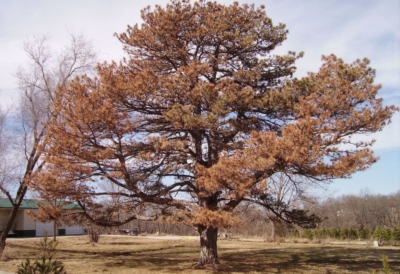Dealing with Dead Trees in 2018
Over the last 20 years or so, bark beetles have cause the deaths of around a fifth of the trees around Colorado. However, these dead trees in 2018 are helping to add financial benefits to forests, as 
In fact, more than 100 Colorado sawmills have used about a third of the trees killed by beetles in recent years and this is only going to grow. Some of these trees have been dead for more than a decade and continue to offer opportunities, whether on private or state land.
Despite all this, the standing dead trees aren’t being utilized in the way they could. The mills around the state are running small operations and don’t have the capacity to handle the opportunities available. The Report on the Health of Colorado’s Forests in 2017 highlighted issues within the state that the Colorado State Forest Service has noticed.
The report highlights the problem with dealing with dead trees in 2018, including the need to market the standing dead trees and find more effective methods of harvesting the timber within the forests.
This report also looked into the pests that are causing more death and damage to trees in the forests. The Spruce beetle remains the most damaging of pests for the sixth year running, with the Douglas-fir beetle the most damaging against mature Douglas-fir trees. The Western Bark Beetle Program is one of numerous programs set up to help repel the beetle attacks and save the trees.
Forestry reports are released on a yearly basis to help understand more about the condition of the forests and health of the trees. With the recent report, the Forest Health Advisory Council can help to set up organizational boundaries to find ways to improve the health of forests around the state.

